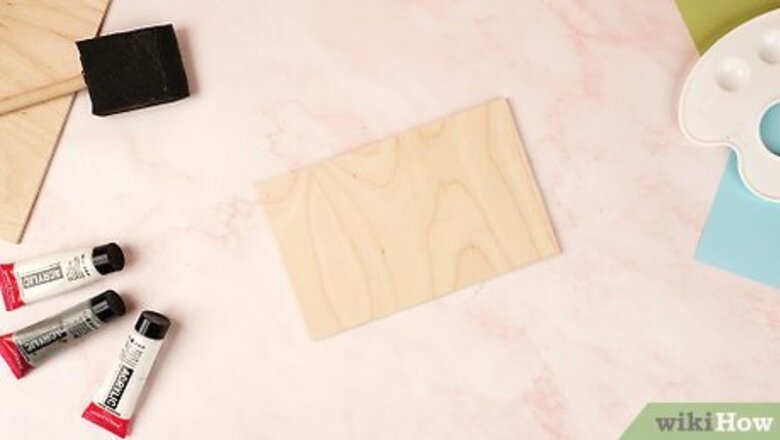
views
Mod Podging a Picture onto Wood
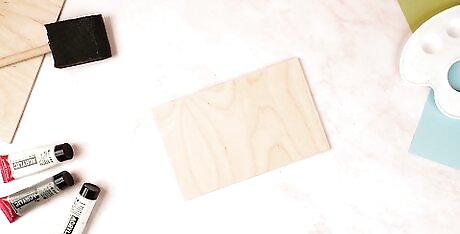
Choose a wooden object to Mod Podge the picture onto. Choose something with a flat surface, such as a wooden block or a wooden board. You can even use a wooden jewelry box, as long as the lid is flat and smooth. You can find lots of blank wooden objects in the wood crafting section of an arts and craft store.
Sand the wood down, if needed. Most wood objects from the craft store will already have a smooth surface, but they may have jagged edges. Sand those smooth with medium to fine-grit sandpaper. Work your way with the grain, not against it. To make sure it's smooth, you can slip a piece of pantyhose over the wood. If it doesn't snag on any small wood fragments, it's good to go. For a more professional touch, lightly sand the edges and corners of your wooden block or board. This give it a softer look. Thoroughly wipe away the wood dust once you're done sanding. Otherwise, the dust might get stuck in the Mod Podge.
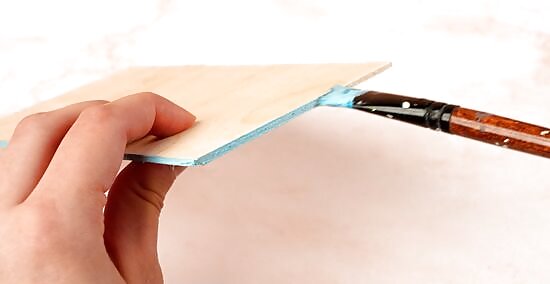
Paint the side edges of your wood object, if desired. If you are applying a photo to a wooden board, the side edges will be visible. You can give your piece a nicer finish by applying two coats of acrylic paint to the side edges. Allow the first coat to dry before applying the second one. Let the paint dry completely before moving on, about 20 minutes. Use acrylic paint in a color that matches the photograph. Extend the paint onto the front of the board. This way, if you accidentally cut the photo too small, you won't see any raw wood.
Apply a thin coat of Mod Podge to the wooden piece. If you are going to apply multiple photos to a multi-sided object (ie: a block), choose one side to start with. You can apply the Mod Podge with a wide, flat paintbrush or a foam brush. Make sure that you apply the Mod Podge thickly and evenly. Mod Podge comes in different finishes. Choose one that you like the best: matte, glossy, or satin.
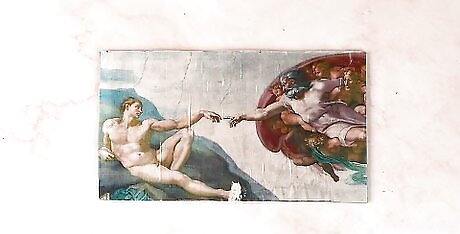
Press the photo down onto the wood. Lightly set the photo (face up) onto the wood. Nudge it into place, if needed, then press down onto it. Gently smooth out any wrinkles or air bubbles. Work your way from center outward.
Coat the photo with a thin layer of Mod Podge. Work from one side of the photo to the other. Use neat, straight, horizontal brush strokes.
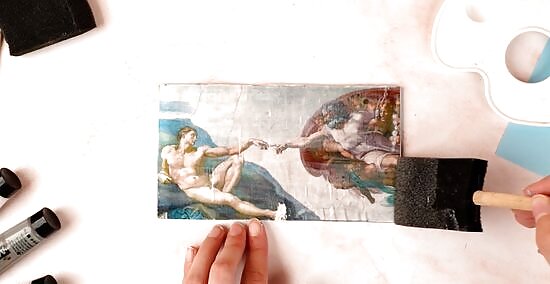
Allow the Mod Podge to dry before applying the next coat. Let the first coat dry for about 15 to 20 minutes. Apply the second coat using the same technique as before. This time, work your way from top to bottom, using vertical brush strokes. This will give you a canvas-like texture.
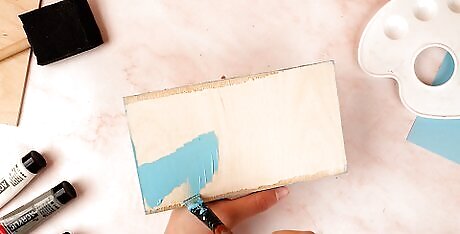
Let the Mod Podge dry completely before working on other sides. If you are making a photo block, use the same technique to Mod Podge the photo to the other sides; work one side at a time. If you painted the sides of a board, apply Mod Podge to the paint to seal it in.

Allow the Mod Podge to dry and cure. Mod Podge usually has a curing time in addition to a drying time, so check the label on your bottle. If you use a Mod Podged piece before it has finished curing, the surface may turn sticky and tacky.
Transferring a Picture onto Wood
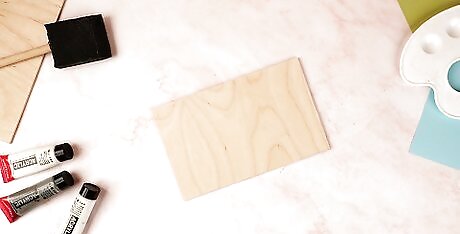
Choose a suitable piece of wood. Wooden boards work great for this project, as do wood disks with the bark still showing. If the surface has a rough finish, sand it down with medium to fine-grit sandpaper. This will make it easier to transfer the picture.
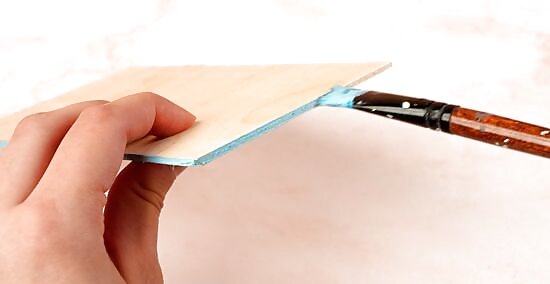
Paint the sides of your wood piece, if desired. Since you'll only be transferring the photo to one side of your wood piece, you will have the raw edges showing. You can leave these plain for a rustic touch, or you can paint them with 1 to 2 coats of acrylic paint for a nicer touch. Let the first coat of acrylic paint dry before applying the next one.

Choose your Mod Podge. If you want the image to be opaque, without the wood grain showing through, you must use Mod Podge Photo Transfer Medium. If you want the image to be translucent with the wood grain showing through, use regular, matte Pod Podge.
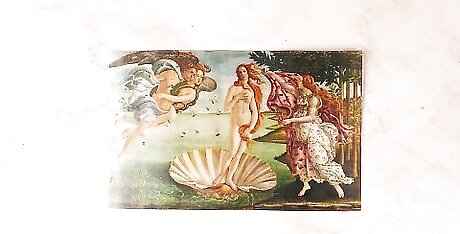
Print your picture out using a laser printer and regular paper. Do not use an ink jet printer or photo paper, otherwise this method will not work. You must use a laser printer and regular printer paper. If you do not have access to a laser printer, use a laser photocopier instead. Your picture will come out in reverse. If this bothers you, mirror it first using an image editing program. If your image has a white border, it might be a good idea to trim it off, especially if you are using photo medium.
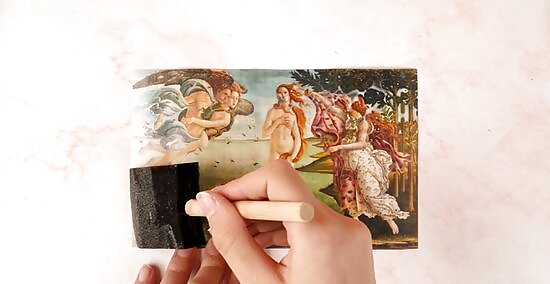
Apply a thick coat of your chosen Mod Podge to the front of the picture. You can use a wide, flat paintbrush or foam brush to do this. Make sure that you are applying the Mod Podge to the front of the picture, not the back. Also, make sure that you are applying a thick, generous coat of Mod Podge.
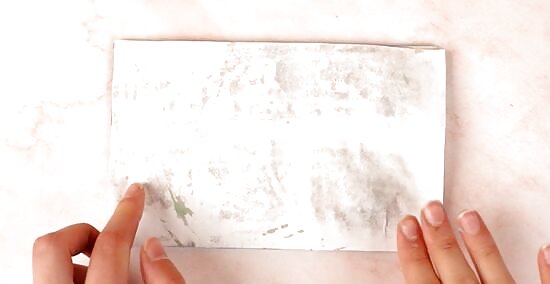
Lay the picture face-down onto the wood. Run the edge of the credit card or boning tool across the back of the picture. Work your way outwards, starting from the center. Use a damp cloth to wipe up any excess Mod Podge that leaks out from under the edges of the picture.

Allow the picture to dry, then soak the back with a damp cloth. Allow the picture and wood to dry for 24 hours first. Once it is dry, cover the back of the picture with a damp rag. You are ready for the next step once the paper becomes wet; this will take about 5 minutes.
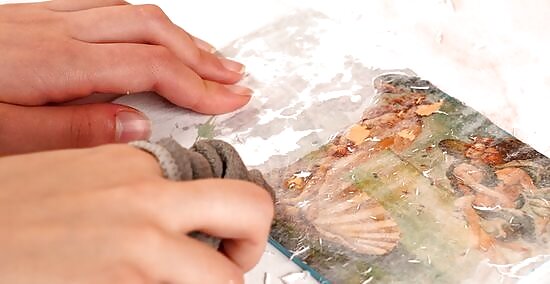
Rub the paper off of the wood. You can do this with your fingers, a damp rag, or a damp sponge. Use a light touch and circular motions; if you press too hard, you risk rubbing the image off entirely. Rinse the wood under the water often to get rid of any clumps of paper. If there is any residue, let the wood dry, then repeat the process.
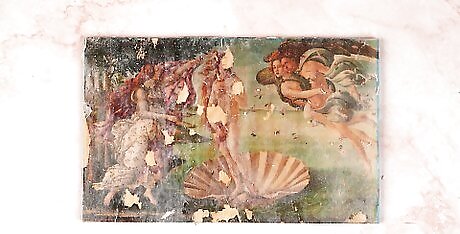
Allow the wood to dry. This should only take an hour. Once it is dry, you can proceed to the next step. You can also weather the image by lightly scratching the edges with sandpaper.

Apply 2 to 3 coats of regular Mod Podge. Be sure to extend the Mod Podge past the edges of the picture and onto the wood itself. This will help seal it in further. Allow the first coat to dry for 15 to 20 minutes before applying the next one. If you need to, let the second coat dry, then add a third. You can use Mod Podge in a different finish for this step, such as glossy or satin. Alternatively, you can seal the transferred image with clear, acrylic sealer.
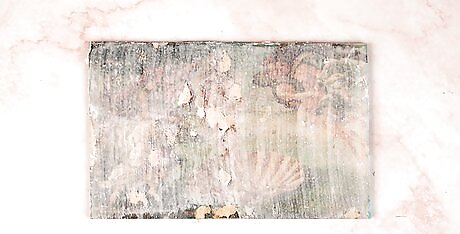
Allow the Mod Podge to dry completely. Mod Podge typically has a curing time, so check the label to be sure. Once the Mod Podge has finished drying and curing, the wooden piece is ready to use. Be patient; if you use it too soon, the Mod Podge may turn sticky! It is not recommended to transfer images onto multiple sides for this method. If you get the Mod Podge wet, it may melt off.










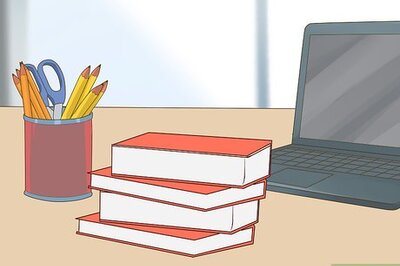



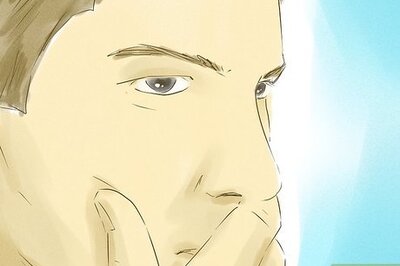




Comments
0 comment